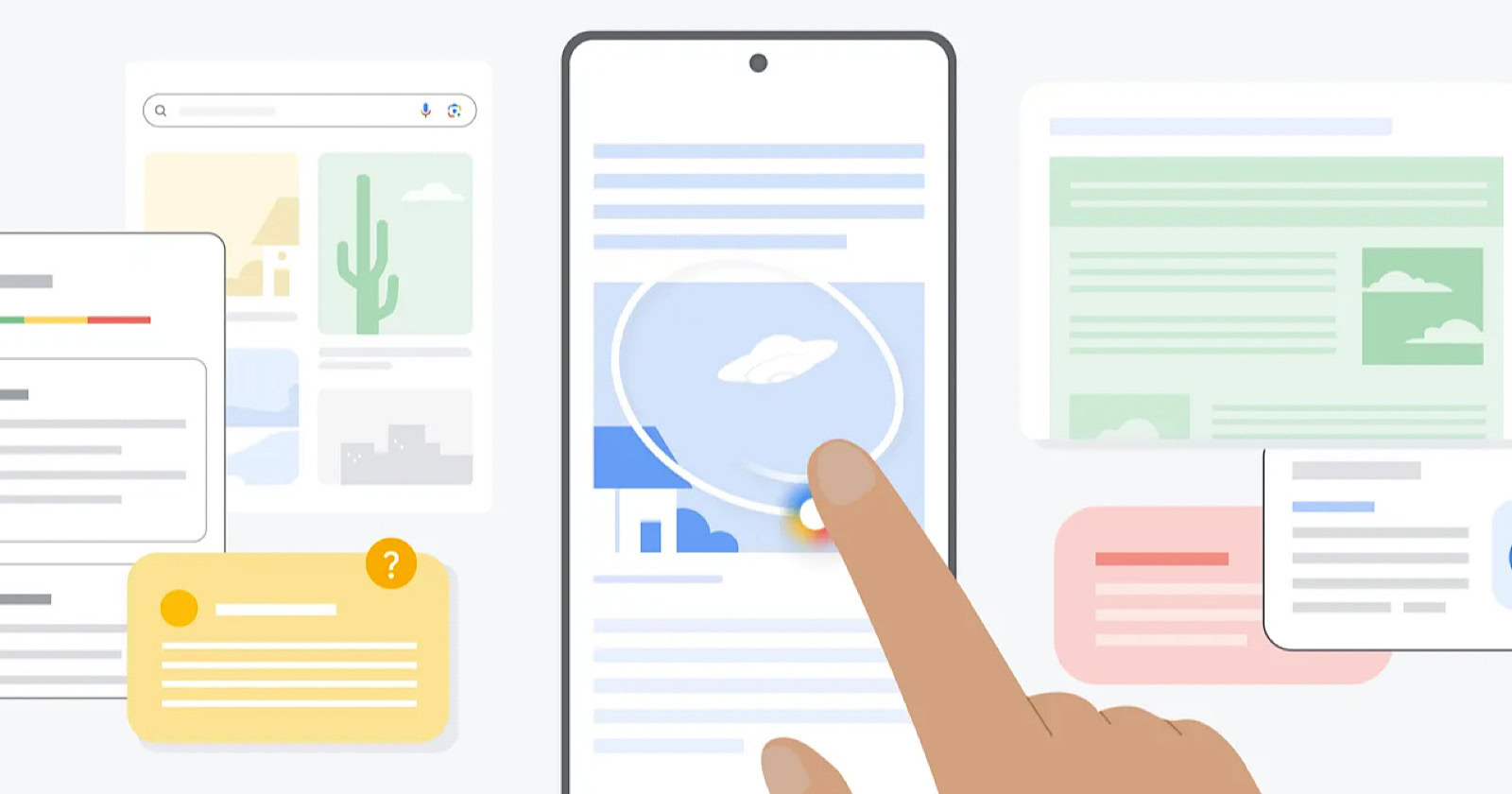Google Expands ‘About This Image’ To More Platforms

Google has announced the expansion of its “About this image” feature to additional platforms, including Circle to Search and Google Lens.
This move gives people more access points to obtain context about images they encounter online.
New Access Points
The “About this image” tool, which offers information about an image’s origins and usage, is now available through:
- Circle to Search: A feature on select Android devices
- Google Lens: Available in the Google app on both Android and iOS
Functionality & Usage
You can access the feature through different methods depending on the platform:
For Circle to Search:
- Activate the feature by long-pressing the home button or navigation bar
- Circle or tap the image on the screen
- Swipe up on search results and select the “About this image” tab
For Google Lens:
- Screenshot or download the image
- Open the Google app and use the Lens icon
- Select the image and tap the “About this image” tab
Information Provided
The tool offers various details about images, including:
- How other websites use and describe the image
- Available metadata
- Identification of AI-generated images with specific watermarks
Availability & Language Support
“About this image” is available in 40 languages globally, including French, German, Hindi, Italian, Japanese, Korean, Portuguese, Spanish, and Vietnamese.
Broader Context
This expansion comes at a time when digital literacy and the ability to verify online information are increasingly important.
However, it’s worth noting that while such tools can be helpful, they’re not infallible.
Users are still encouraged to critically evaluate information and consult multiple sources when verifying claims or images online.
How Does This Help You?
Here’s how the expansion of Google’s “About this image” feature can help you:
- Quickly verify claims associated with images.
- Understand where an image originated and how it’s been used across the web.
- This tool can help you distinguish between human-created and AI-created visual content.
- It provides a quick way for students, journalists, and researchers to gather context and potential sources related to an image.
- Understanding an image’s history and context can help protect you from visual manipulation tactics often used in scams.
Related Algorithm Update: Combating Explicit Deepfakes
Today, Google announced an algorithm update targeting explicit deepfakes in search results.
Key aspects of this update include:
- Improved Content Removal: When a removal request is approved, the system will attempt to filter similar explicit results across related searches for the affected individual.
- Ranking Adjustments: The search algorithm has been modified to reduce the visibility of explicit fake content in many searches. For queries seeking such content and including people’s names, Google will prioritize non-explicit content, such as news articles.
- Site-Wide Impact: Websites with numerous pages removed due to fake explicit imagery may see changes in their overall search rankings.
Google reports that these changes have reduced exposure to explicit image results for specific queries, decreasing over 70% for targeted searches.
Google’s doing two things at once: making it easier to spot fake images and cracking down on deepfakes algorithmically.
These updates demonstrate Google’s commitment to keeping search results safe and trustworthy as the web changes.
Featured Image: Screenshot from blog.google.com, July 2024.
Source link : Searchenginejournal.com



